In this excellent study of the Google organization and its influence, ace media writer Ken Auletta combines Google’s history with an analysis of what its success means to traditional publications and their advertising. He uses his high-level access to media industry moguls and tech insiders to flesh out the story. Readers who have closely followed the shifting journalistic landscape won’t find surprises here, but for those seeking to make sense of shrinking newspapers and of all those ads in the right column of their Google search results, Auletta offers a thorough, absorbing backgrounder. getAbstract recommends his well-crafted book to investors and professionals seeking perspective on the changing media environment.
A New Type of Media Company that Sells Metrics, Not Magic
Google is a great modern business success story. Founded by two young entrepreneurs in 1998, it has become one of the world’s richest, most powerful firms. Its revenues shot from $3.2 billion in 2004, the year of its initial public offering, to $21.8 billion (97% from advertising) in 2008, while its profits grew from $399 million to $4.2 billion. Adored by technophiles, revered by entrepreneurs, reviled by privacy activists and feared by the owners of traditional media outlets, Google is the vortex of a media revolution. As its nest egg grew, Google snapped up YouTube in 2006 and the digital marketing firm DoubleClick in 2007. It launched the Android mobile phone and operating system, the Chrome browser and Gmail. Google is a profit machine due to its site’s simplicity and its search engine’s power.
Setting Up Shop
As graduate students at Stanford University in the 1990s, Google founders Larry Page and Sergey Brin were bent on developing a better search engine. They left college and set up shop in a rented garage, using doors laid across sawhorses as their desks. Most existing search engines, such as...











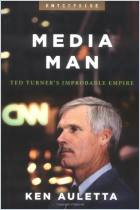
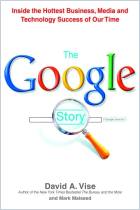
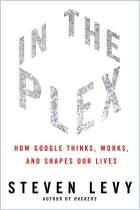
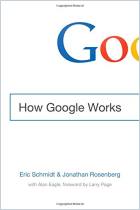
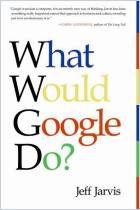





Comment on this summary